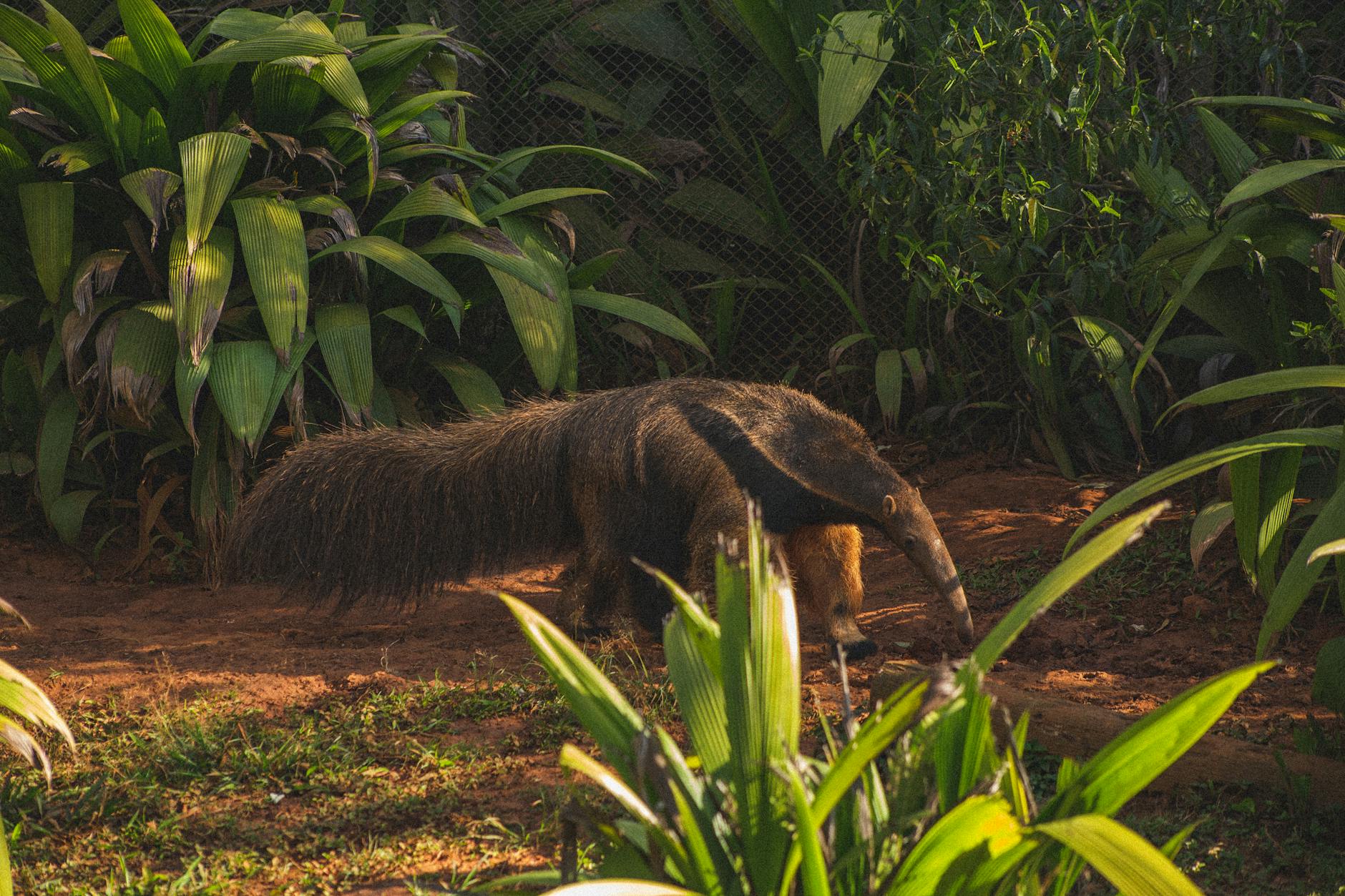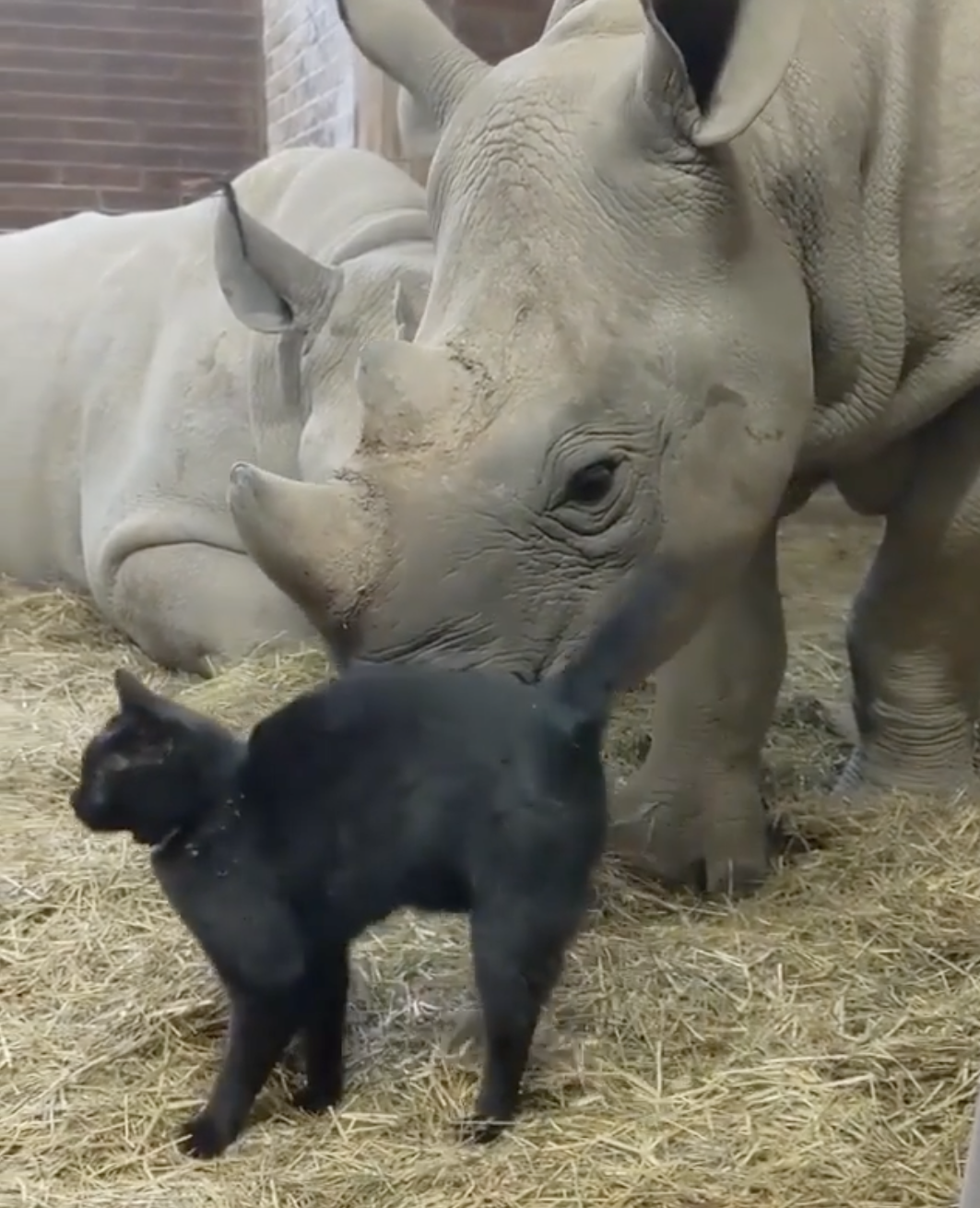
The Ghost of the Mountains: Unveiling the Secrets of the Cougar
The cougar (Puma concolor), also known as the puma, mountain lion, ghost cat, or many other names is a shroud of mystery and power slinking through the Americas. From the towering peaks of the Andes to the dense forests of Canada, this magnificent predator holds a vital role in the ecosystem. But beyond the captivating names lies a story of an elusive hunter, a solitary soul, and a creature facing increasing challenges.
A Master of Stealth:
Cougars are apex predators, perfectly adapted for their solitary lifestyle. Their sleek build, powerful hind legs, and retractable claws allow them to stalk prey with incredible stealth. Their keen senses of sight, smell, and hearing help them pinpoint even the slightest movement. This combination of physical prowess and acute senses makes them masters of the ambush, often taking down prey much larger than themselves.
Family Matters (Sort Of):
While solitary hunters, cougars do come together for mating season. Females raise their cubs alone in hidden dens, fiercely protecting them until they’re old enough to fend for themselves. These young cougars, or kittens, spend up to two years with their mothers, learning the essential skills for hunting and survival.
A Diverse Diet:
Cougars are opportunistic eaters, with their diet reflecting the prey available in their territory. Deer are a common target, but they are also adept at hunting smaller animals like rabbits, rodents, and even birds. Their powerful jaws and digestive system allow them to utilize every part of their prey, minimizing waste.
A Threatened Future:
Despite their adaptability, cougars face significant threats. Habitat loss due to human encroachment fragments their territories and disrupts their hunting grounds. Conflicts with livestock can also lead to cougars being killed. Additionally, climate change may alter prey distribution and further challenge their survival.
Protecting the Silent Hunter:
Conservation efforts are crucial for the future of the cougar. Establishing protected areas, educating the public about their role in the ecosystem, and minimizing human-wildlife conflict are all essential steps. By ensuring healthy cougar populations, we maintain a balanced ecosystem and preserve a vital part of our natural heritage.
Beyond the Blog:
If you’re interested in learning more about cougars, consider supporting organizations dedicated to their conservation. You can also help raise awareness by sharing information about these magnificent creatures with others.
The future of the cougar lies in our hands. Let’s work together to ensure that the ghost of the mountains continues to stalk freely for generations to come.
More photos below ↓
















